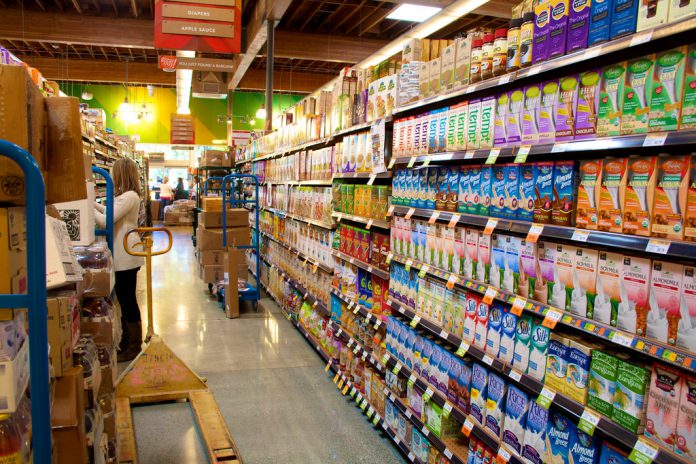Macau (MNA) – The Macau Economic Services (DSE) introduced today a new system for pre-inspection of food products exported from or passing through the Macau SAR to mainland China.
According to DSE’s Deputy Director, Chan Tze Wai, in order to ease custom regulations for traded goods and to create better conditions for the development of the food products industry in the MSAR, co-operation was enhanced with the Zhuhai Entry-Exit Inspection and Quarantine Bureau.
“The system will transfer to Macau some of the inspection duties for product quality and labeling of products traded to mainland China, so that local companies can make an early plan for customs clearance and sale of their products, increasing customs clearance efficiency,” a spokesperson for the Zhuhai Entry-Exit Inspection and Quarantine Bureau Food Inspection Department said today.
Under the new system, an authorised third party will be able to emit an inspection certificate for the MSAR food products entering mainland China through checkpoints in Zhuhai.
In addition to including food goods produced in the MSAR and traded under the Closer Economic Partnership Arrangement (CEPA), the agreement will also include food products from overseas passing through the city in order to ‘boost trade of food products from Portuguese-speaking countries,’ according to information provided during the event.
According to the latest information released by the DSE, the total amount of exported goods under CEPA to mainland China for the past ten months reached MOP68.42 million.
There are some 628 local firms holding Macau Service Supplier certificates as at the end of October, with half being engaged in transport services such as freight forwarding, logistics, storage, and warehousing and transport.
Macau exports to the Mainland reached a total of MOP1.62 billion in the first nine months of this year – the local Statistics and Census Services (DSEC) does not provide specific data on the amount represented by food product exports.
[Edited by Sheyla Zandonai]




















